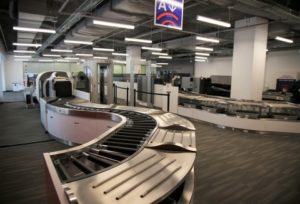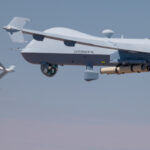
L3 Technologies [LLL] this week opened a new center in the Washington, D.C., area filled with its aviation security checkpoint technologies to demonstrate, showcase and test current and future capabilities and operational concepts for its domestic and international customers. The intent of the Passenger Screening Experience Center is to “paint the vision for the future of aviation security,” Bill McGann, chief technology officer for L3’s Massachusetts-based Security and Detection Systems business, told Defense Daily in a May 30 telephone interview.…

 By
By 











